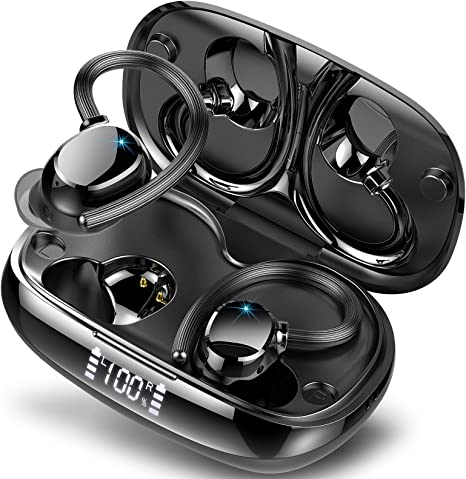From Fire Tongs to Smart Wands: A Social History of the Curling Iron
Update on Oct. 15, 2025, 2:23 p.m.
The sleek, automated device you might use to style your hair today is the end result of a surprisingly long and often perilous history. The desire for curled hair is not a modern vanity; it is an aesthetic thread woven through millennia of human culture. The journey from heated clay and metal tongs held in an open fire to a battery-powered, ion-generating smart wand like the TYMO CURLGO is more than just a story of technological advancement. It is a social history that mirrors our changing relationship with beauty, risk, time, and technology itself. Each iteration of the curling iron tells us something about the era that created it.

Ancient Beginnings and a Fiery Risk
The practice of heat-styling hair is ancient. Babylonian and Assyrian nobles used heated bronze tongs to create elaborate curls and waves as a sign of status. Ancient Egyptians and Romans used similar methods, often employing servants whose sole job was to manage the heating of these primitive, dangerous tools. For centuries, the core technology remained unchanged: a piece of metal, a source of fire, and a high tolerance for risk.
The Victorian era perfected this precarious art with the “marcel wave,” made popular by French stylist Francois Marcel Grateau in the 1870s. This required specialized tongs heated over a gas flame. The process was fraught with danger. A moment of inattention could lead to a singed patch of hair or a severe burn on the scalp or fingers. This technology placed beauty in direct opposition to safety and required immense skill and time, making it the province of either the wealthy who could afford a professional hairdresser or the daring who were willing to risk injury for fashion.
The Electric Revolution: Convenience with a Cord
The turning point came with the harnessing of electricity for domestic use. While several patents for electric curling irons were filed, it was in the early 20th century that they began to enter the mainstream. This was a revolutionary leap. For the first time, heat could be generated consistently and contained within the device itself, eliminating the need for an external flame. This coincided with a period of immense social change, as more women entered the workforce and sought more manageable, stylish hairstyles like the bob.
The electric curling iron of the mid-20th century democratized styling. It was a tool of self-sufficiency, allowing women to create salon-style looks in their own homes, on their own time. However, it introduced a new form of limitation: the power cord. Styling was tethered to the wall outlet. The devices were often bulky, slow to heat up, and had rudimentary temperature control, still posing a significant risk of hair damage. The technology had solved the problem of the open flame, but the core challenges of ease-of-use, consistency, and safety remained.
The Digital Age: Precision, Safety, and Automation
The late 20th and early 21st centuries saw the infusion of digital technology and material science into personal care appliances. This is where the modern tool truly begins to take shape, driven by three key demands:
- Precision: The introduction of ceramic and tourmaline coatings, as we’ve explored scientifically, was a shift from brute-force heat to controlled, even heating. Digital temperature controls allowed users to select a precise heat setting suitable for their hair type, minimizing damage.
- Safety: Recognizing the persistent danger of burns and damage, engineers began designing with safety as a primary feature. Automatic shut-offs, cool tips, and eventually, fully enclosed barrels like that of the TYMO CURLGO, systematically designed out the hazards of their predecessors.
- Automation: The most recent leap has been the introduction of motors and sensors to automate the physical act of curling. This represents the ultimate solution to the skill barrier that had existed since antiquity. It addresses the final hurdle: the user’s own fallibility.
The development of a cordless, automatic, ion-generating device like the TYMO CURLGO is the logical culmination of this historical trajectory. The cordless functionality, powered by advanced lithium-ion batteries, finally severs the last physical restraint, fulfilling the promise of styling “anywhere, anytime.” It is the direct descendant of the Victorian tongs, but it has systematically solved each of its ancestor’s problems: the open flame, the inconsistent heat, the risk of burns, the demand for high skill, and the tether of the cord.

Conclusion: A Mirror to Our Times
The history of the curling iron is the history of our aspirations. It reflects a persistent desire for self-expression, a relentless drive to mitigate risk through innovation, and an ever-increasing valuation of our own time and convenience. From a dangerous luxury for the elite, it has transformed into an accessible, safe, and intelligent tool for the masses. Each technological leap—from fire to electricity, from analog to digital, from manual to automatic—was not just an engineering achievement, but a response to the changing social and cultural landscape. The smart wand in your bathroom is not just a tool; it is a historical artifact, a testament to a timeless quest for beauty, made possible by centuries of invention.



















